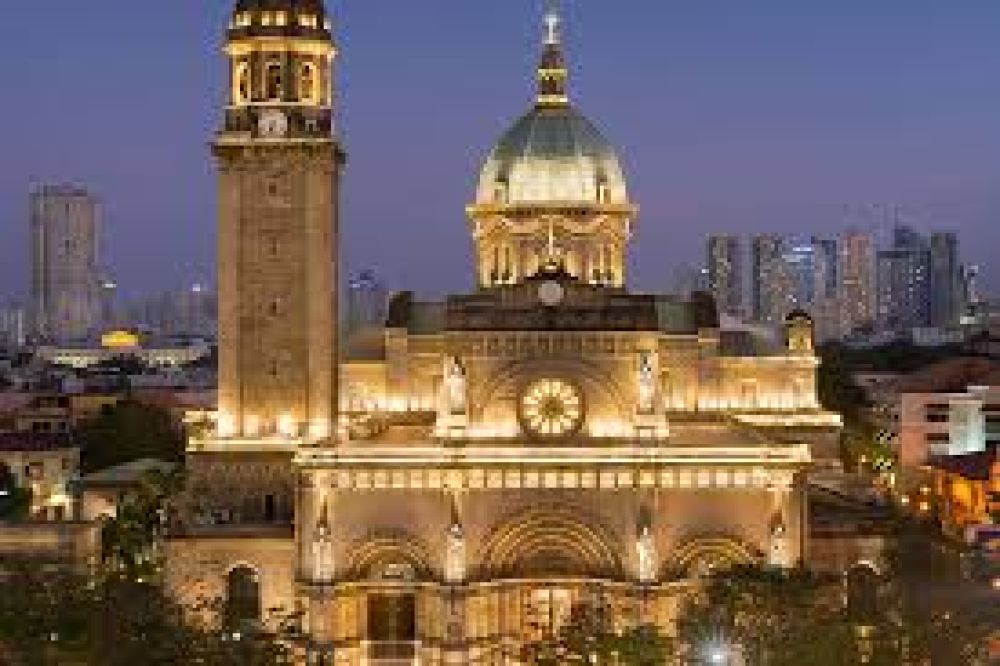

The Manila Cathedral, located in the heart of the walled city Intramuros in Manila, Philippines, is a historical and religious landmark that has drawn visitors for centuries. With a rich history dating back to the Spanish colonial period, it stands as a testament to the Philippines' religious heritage and colonial past.
The original Manila Cathedral was built in 1571 but unfortunately fell victim to a series of natural disasters. Throughout the centuries, it has been rebuilt multiple times, with the current incarnation erected in the 1950s. This impressive edifice is the eighth version and is dedicated to the Immaculate Conception, the patroness of the Philippines.
The cathedral has not only been a site of religious importance but also a venue for significant events such as the elevation of Filipino archbishops, the funeral ceremonies of notable figures, and even the Papal Masses of visiting Popes, the latest being Pope Francis in 2015.
The architecture of the Manila Cathedral is a blend of neo-Romanesque and neo-Byzantine styles, with its interior adorned with stunning stained-glass windows that depict the ecclesiastical history of the country. The cathedral is also home to exquisite altars, a grand pipe organ, and religious relics that continue to fascinate both pilgrims and tourists alike.
For tourists, the Manila Cathedral provides an opportunity to explore a vital piece of Philippine history and culture. Walking through its aisles offers a journey through the country's colonial legacy and its rich religious traditions. Visitors often compliment their tours with visits to other nearby historical sites within Intramuros, such as Fort Santiago, San Agustin Church, and the cobbled streets of this ancient district.
Tourism at the Manila Cathedral has grown steadily over the years, contributing to the broader Philippine tourism industry. The site has become a focal point for religious devotees, history buffs, and architecture enthusiasts from around the world. Its significance was recognized further when Intramuros, including the cathedral, was designated a UNESCO World Heritage Tentative List site.
In recent years, there has been a trend toward digital and virtual tourism experiences, particularly sparked by health crises like the COVID-19 pandemic. The Manila Cathedral has kept pace with this trend by offering virtual tours and online masses, thus reaching a global audience. Sustainable tourism practices are also being encouraged to preserve the historic integrity of the cathedral for future generations.
As Manila and the Philippines look to the future, the Manila Cathedral is poised to remain a vibrant and cherished destination that tells the remarkable story of a nation's identity, resilience, and devotion.